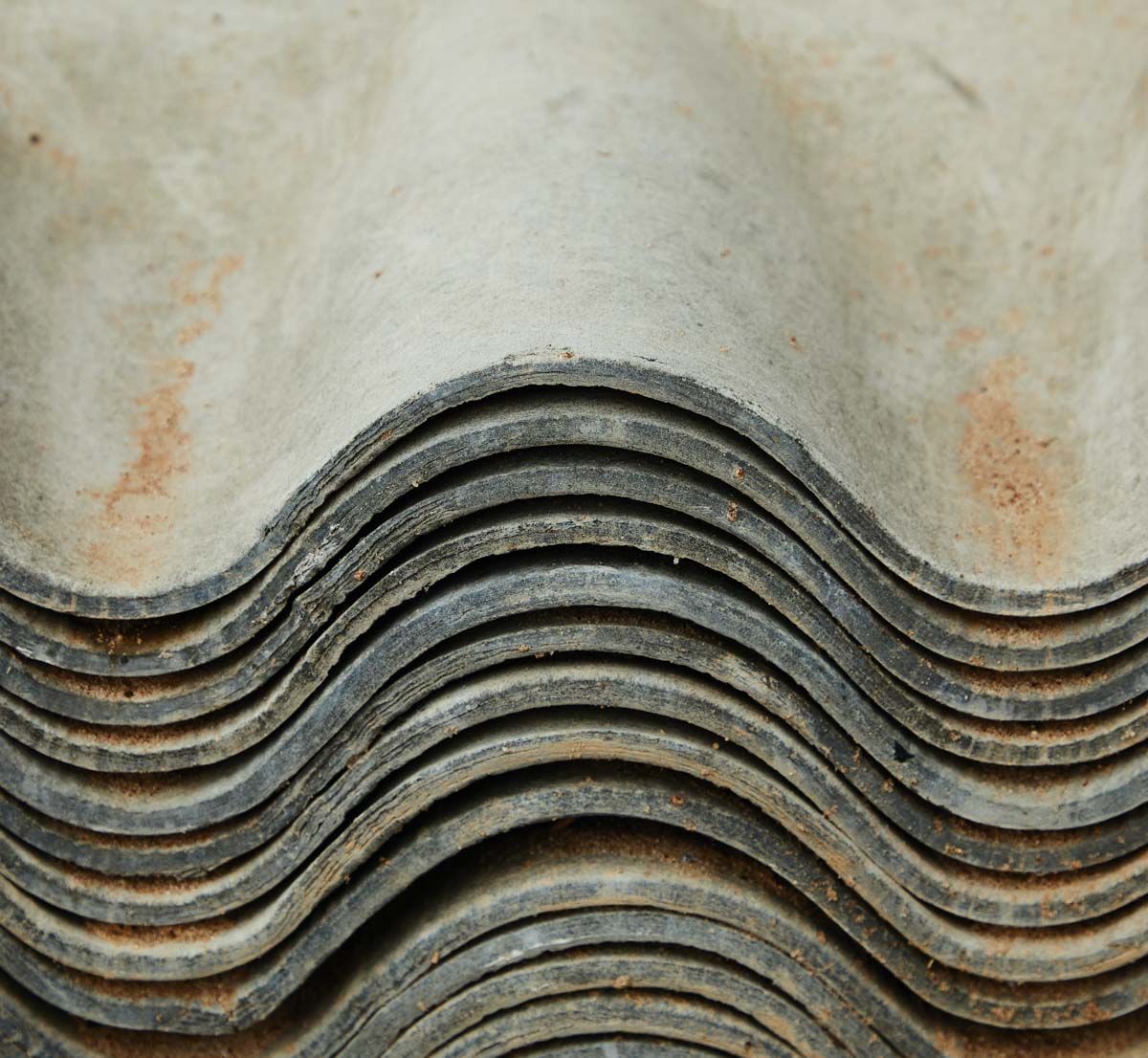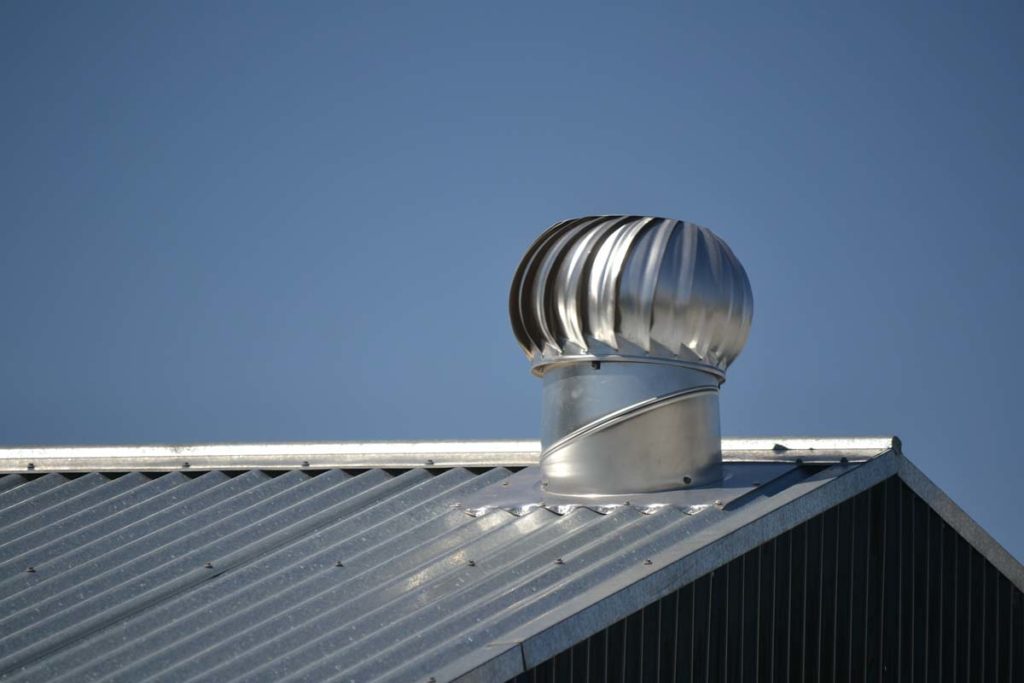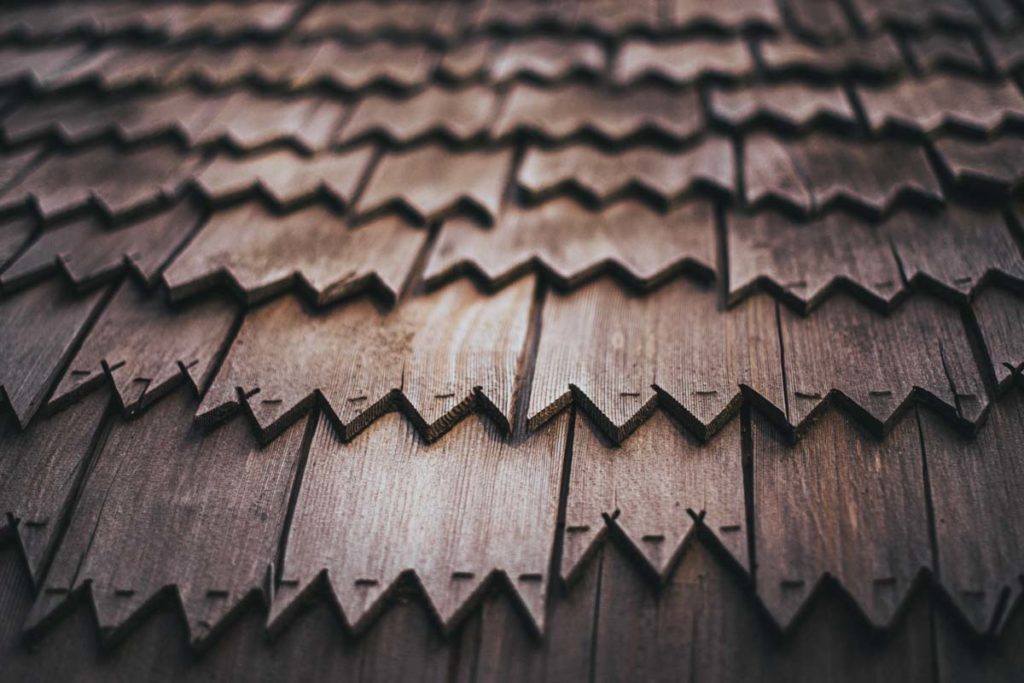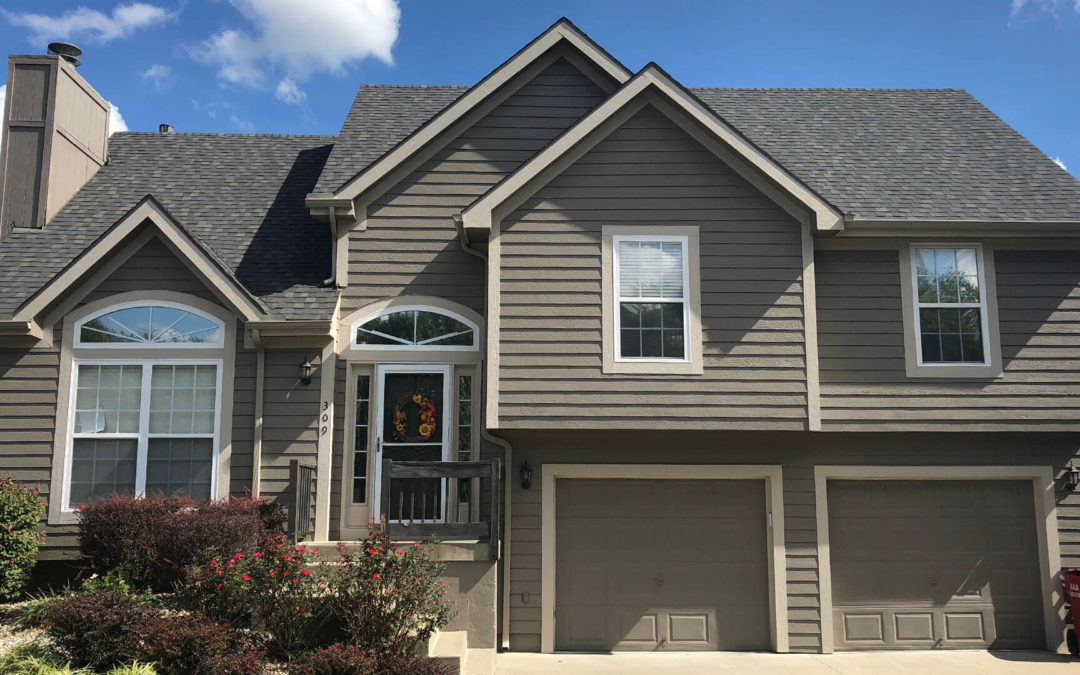Choosing the right roofing can be tricky when you don’t know the ins and outs of the materials used. However, if you’re curious about which is the best material for your new roof, here at Pro Roofers LLC, we want you to make an informed decision for your project.
After all, some materials are far less durable than others, and no matter if you’ve got a residential or commercial project on the go, it’s important to factor this into your final decision. Indeed, it’s not just about aesthetics, or what material is most affordable; a bad job in the beginning can allow mold to set in fast.
And when mold sets in, your entire property can become prone to further dirt, debris, and infection in the walls, floors, and foundation. So with that in mind, here are the top three roofing materials that are most likely to mold.
Slate Roofing

Slate roofing is a very commonly used material in residential roofing; depending on the hardness of the slate that’s being used, a slate roof can last for upwards of 100 years.
But slate can also mold quite easily under the right conditions. For example, if you live in an area prone to moisture, your slate roof can become victim to mold without you even knowing. However, slate roofing is also rather easy to treat for mold, thanks to the natural durability of the material.
Metal Roofing

Typically used in commercial roofing projects, metal is a non-porous surface, meaning it’s one of the most durable and reliable materials for keeping elements out of a property. A metal roof can usually last up to 70 years, making it a great roofing material for the fast moving commercial sector.
But metal is still able to carry mold spores, and as such, grow mold under the right conditions. Being exposed to large amounts of rain, for example, or being constructed in a humid area, can allow mold to grow across this metallic surface.
Wooden Roofing

Wooden roofing can be a lot of trouble. Any wood that’s used in a construction project requires a lot more TLC than other, more hardy materials, thanks to the porous nature of wood. As such, it’s a good idea to regularly clean off wooden surfaces on the exterior of a property.
Otherwise the problem could get much worse. As we mentioned above, mold can quickly spread, especially when it comes to such a delicate material. For example, your property’s siding may start to grow patches of mold and/or rot when you’re dealing with a wooden roof that’s not been properly treated.
Some roofing materials are more likely to mold than others, and choosing your material carefully right now can prevent you from needing to spend extra later on. Be sure to talk to your roofing contractor about the pros and cons of each material that can be used; here at Pro Roofers LLC, we’d love to talk to you about the worries you have over your roofing project.


Recent Comments